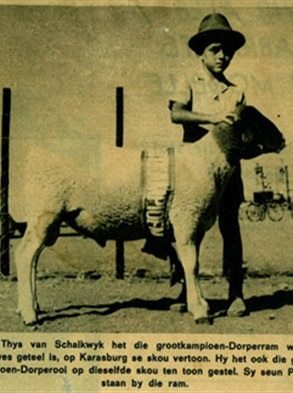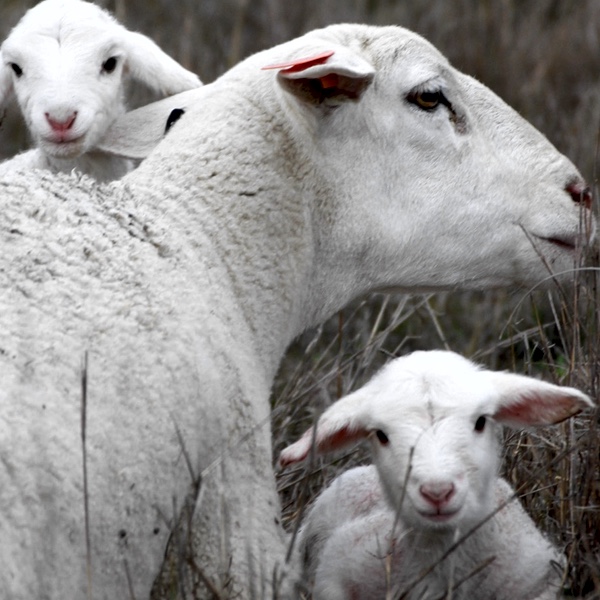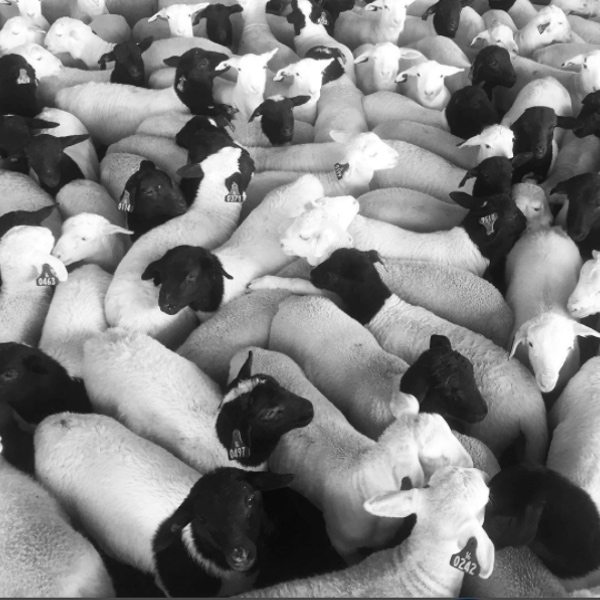The Dorper balance can be represented by a wagon wheel, where each spike of the wheel represents one important trait of the Dorper.
To understand the correct direction of Dorper breeding, you have to start at the original goal of the Dorper.
During the 1930’s there was a big over production of slaughter lambs in South Africa. Because of the low rainfall of most of the South African sheep areas, fat tail types and indigenous sheep breeds were mostly used because they were hardy and adaptable and were able to produce in the harsh environment. Because of these breeds’ poor carcass quality, lamb carcasses couldn’t be exported to Europe and the UK. The big European and British meat breeds had beautiful carcasses, but could not adapt to the hard conditions.
Therefore there was urgency for a new breed which had some of the fat tail sheep’s hardiness and adaptability and some of the European and British meat breeds’ carcass quality. After a lot of cross breeding projects between these two extremes, the Dorper was bred out of the Dorset Horn and the Black Head Persian. From the start the breeding goal of the Dorper was to keep a balance between the two extremes. This balance made the Dorper totally unique and therefore became very popular and the fastest growing breed in the world.


There was no performance testing program for this new breed during those days.
One of the most important things about the Dorper is functionality.

Therefore we are using Australian Lambplan, South African Dorper 21, and the very important visual Dorper balance, to breed the best long-term Dorpers in the world.
Another very important trait of the Dorper is early maturing.


We can describe femininity in Dorpers in a nutshell
- A longer thinner neck.
- A finer bone structure with
- Feminine lines in the face, but still with a long strong head, square mouth and Roman nose.
- Masculinity amongst the rams is very important too. The feminine ewes breed masculine rams and masculine rams breed feminine ewes.

